Gossen Metrawatt U1500 Handleiding
Bekijk gratis de handleiding van Gossen Metrawatt U1500 (22 pagina’s), behorend tot de categorie Meetapparatuur. Deze gids werd als nuttig beoordeeld door 62 mensen en kreeg gemiddeld 4.4 sterren uit 31.5 reviews. Heb je een vraag over Gossen Metrawatt U1500 of wil je andere gebruikers van dit product iets vragen? Stel een vraag
Pagina 1/22

Energy Management
110011110000110101010100 011010
Manual for the Use of
Peak Load Optimizing Systems U1500
€

Manual for the Use of Peak Load Optimizing Systems
2
Preface
Consumption costs for energy sources such as electrical power, gas and district heating, which are billed as a rule based
upon measured power values, can frequently be reduced significantly with only minimal technical efforts. It is precisely
for this reason that in-house energy management should include an assessment for determining whether or not the use
of modern load optimizing systems is practical and efficient.
Detailed knowledge regarding the power supply contract conditions offered by various utility companies, utilized
process sequences and how they can be influenced, and existing equipment and how it is controlled, is necessary for the
preparation of an optimization concept.
This manual is intended to provide decision makers and system technicians with a tool for discovering potential
savings, and for evaluating the efficiency of an optimizing system.
GMC-I MESSTECHNIK GMBH
Südwestpark 15
90449 Nürnberg; Germany
Phone: +49 911 / 8602-0
www.gossenmetrawatt.com
Table of Contents
1 BASICS ...................................................................................................................................................................... 3
1.1 T S C CARIFFS FOR PECIAL ONTRACTS USTOMERS .................................................................................................. 3
2 OPTIMIZING SYSTEMS ........................................................................................................................................ 6
2.1 R AANGE OF PPLICATIONS .................................................................................................................................... 6
2.2 TECHNOLOGY ...................................................................................................................................................... 6
3 FACILITY ANALYSIS .......................................................................................................................................... 10
3.1 A T S C BNALYZING THE ARIFF CHEDULE AND ONSUMPTION ILLING .................................................................... 11
3.2 A I P L CNALYZING THE MPORT ROFILE AND THE OAD URVE ................................................................................ 11
3.3 E AQUIPMENT NALYSIS ....................................................................................................................................... 13
3.4 D R P SETERMINING EALISTIC OTENTIAL AVINGS ................................................................................................. 14
4 TECHNICAL IMPLEMENTATION ................................................................................................................... 15
4.1 I CNSTALLING THE OMPONENTS .......................................................................................................................... 15
4.2 S P E P UIGNALS ROVIDED BY THE LECTRICAL OWER TILITY ................................................................................ 15
4.3 B C CUS AND ONTROL ABLES .............................................................................................................................. 16
4.4 R E EETROFITTING XISTING QUIPMENT ................................................................................................................ 16
4.5 D M F S T C P OEMAND ANAGEMENT AS A IRST TEP OWARDS OMPREHENSIVE LANT PTIMIZATION ......................... 16
5 CALCULATING AMORTIZATION TIME ........................................................................................................ 16
6 CONCLUSION ........................................................................................................................................................ 16
APPENDIX A TARIFF / CONSUMPTION CHECKLIST .................................................................................. 17
APPENDIX B EQUIPMENT CHECKLIST .......................................................................................................... 18
APPENDIX C ECONOMY CHECKLIST ............................................................................................................. 20

Manual for the Use of Peak Load Optimizing Systems
3
1 Basics
1.1 Tariffs for Special Contracts
Customers
As a rule, the billing price invoiced to electrical utility
customers with special contracts differentiates between
kilowatt-hour rates for energy consumption (in cents
per kWh), and demand rates for maximum power
demand (in € per kW).
There are thus two different ways to reduce overall
costs: by reducing energy costs and power costs:
1. Reduced energy costs can only be achieved by
permanently diminishing superfluous energy
consumption, or by shifting energy import from
high tariff periods to the less expensive low tariff
periods. Savings can also be realized through the
use of more economical production equipment.
Potential savings of this type have already been
taken advantage of to a great extent in many cases,
or are economically impractical due to the large
investments which would be required. Any further
reduction of energy costs would influence the
production process and the product, which cannot
be tolerated as a rule.
2. Reduced power costs can be achieved by leveling
off energy import by controlling production
equipment such that pronounced “chargeable
demand peaks” are avoided. This short-term
redistribution of imported energy is executed
automatically by means of so-called energy
management systems. Due to the fact that energy
import is generally only postponed for a few
minutes by the load optimizing process (i.e. energy
is not reduced), the effects on the production
process are usually imperceptibly minimal.
However, the customer must have a suitable import
profile to achieve savings of this sort, and the
concept and the utilized system must be ideally
matched to one another. In this case, power costs
can be significantly reduced by means of just a few
short, targeted interventions at the right point in
time, i.e. considerable savings can be achieved.
Individual customer import profiles determine
kilowatt-hour and demand rates.
In order to better understand the various factors which
play a role in load optimization, we must first take a
closer look at several physical relationships, as well as
the billing practices of the power utilities.
Active energy E (usually measured in kWh) and active
power P (usually measured in kW) demonstrate the
following relationships:
P = E / ΔT or E = P * ΔT
Power is thus consumed energy per specified time
period ΔT.
The following figure depicts the so-called “import
profile” (daily load curve) of a special contract
customer.
Power costs (symbolized by the red bar) are
determined based upon the highest demand peak
(usually measured as a 15 minute mean value) which
occurs during the billing period.
Energy costs (symbolized by the green bar) are
proportional to the green surface area: The larger the
surface area, the more energy has been consumed, i.e.
the more energy has been used in the manufacturing
process.
Power
1.1
1.0
0.8
0.6
0.2
0
0.4
00:00 03:00 06:00 09:00 12:00 15:00 18:00 21:00 00:00
in MW
Import Profile
Chargeable demand Consumed energy
The power utility must be able to cover the customer’s
maximum power demands at all times, and must
therefore provide capacity (i.e. cables, transformers
and power plants) according to the customer’s greatest
intermittent power requirement, in order to prevent
short-term machine stoppages or blackouts at the
customer’s facility. As the above depicted profile
shows, capacity made available for the customer
(which is associated with great expense) goes to waste
most of the time.
The customer is required to order standby energy so
that the power utility is able to determine how much
capacity it will have to place at the disposal of the
special customer, and must make a proportionate
capital contribution to network costs for this service.
Special customers are thus not all equal where the
power utility is concerned. Customers with high power
demands and low energy consumption cause higher
costs in making power available than customers who
demonstrate uniform energy import.
The import profile of the “ideal customer” is shown in
the figure below:
Product specificaties
| Merk: | Gossen Metrawatt |
| Categorie: | Meetapparatuur |
| Model: | U1500 |
Heb je hulp nodig?
Als je hulp nodig hebt met Gossen Metrawatt U1500 stel dan hieronder een vraag en andere gebruikers zullen je antwoorden
Handleiding Meetapparatuur Gossen Metrawatt

25 Maart 2025
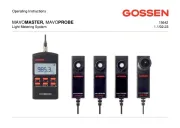
25 Maart 2025

25 Maart 2025

9 Maart 2025
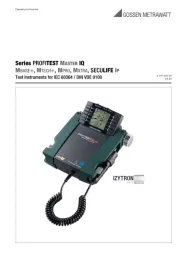
14 Februari 2025

14 Februari 2025

14 Februari 2025

4 Februari 2025

9 Januari 2025

29 Augustus 2024
Handleiding Meetapparatuur
- ClimeMET
- YSI
- Tempo
- Lascar Electronics
- Bosch
- Techno Line
- ABB
- Stahlwille
- BJZ
- Condtrol
- Nedis
- Parkside
- Softing
- Soler And Palau
- Toolland
Nieuwste handleidingen voor Meetapparatuur

13 September 2025

13 September 2025
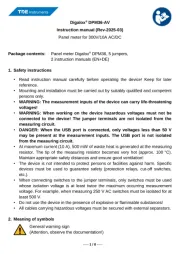
13 September 2025

13 September 2025
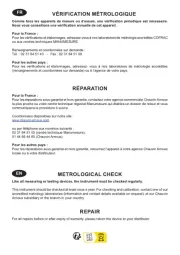
12 September 2025
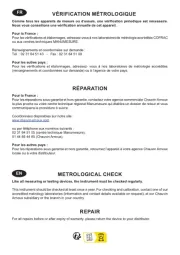
12 September 2025
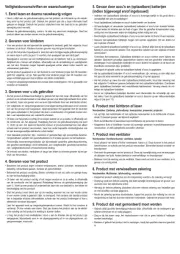
12 September 2025
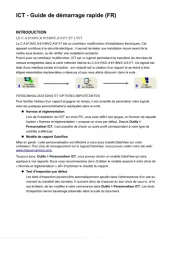
11 September 2025
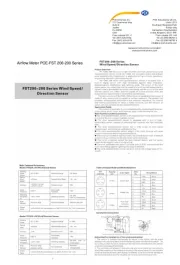
11 September 2025
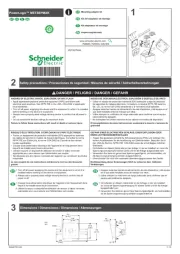
8 September 2025